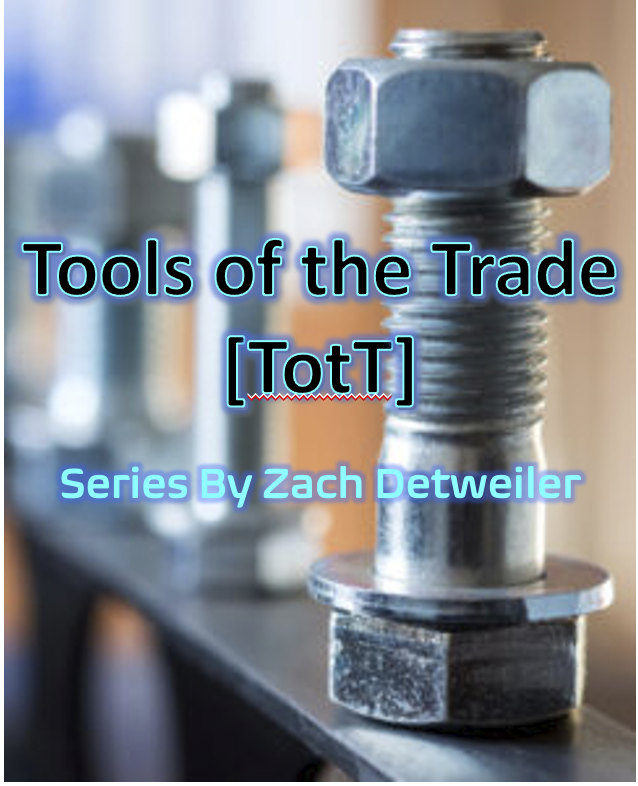Motivation & Quality
mo·ti·va·tion
/ˌmōdəˈvāSH(ə)n/
Noun
- The reason or reasons one has for acting or behaving in a particular way.
- The general desire or willingness of someone to do something.
Oxford Dictionary
When talking Quality, there is an intended result and a process to get there. Many processes are people dependent and the more redundant the process or task, the greater the difficulty in keeping an engaged workforce that produces as intended 100% of the time. So, the critical question is, how do you effectively motivate your workforce to improve quality? Afterall, quality is what drives customer satisfaction and helps your business continue to grow.
Learnings below are my take aways from Dan Ariely’s book Payoff – The Hidden Logic (Simon & Schuster 2016).
Repetitive work, day in and day out without other meaning attached to it is grinding, hence the Sisyphus principle – the Greek King Ephyra, who’s punishment was to push a large boulder up a hill, only to have it roll down every time he neared the top. Rinse and repeat for eternity. Suckville. Many people find themselves in this continuous slog without some attached meaning to the work.
Fact #1: People value things they produce themselves; even if it’s not something done exceptionally well, it’s sentimental. Ariely and his colleagues performed an experiment: Origami novices were given directions to follow to produce an animal. Afterwards, they talked an expert through the same process. They read the directions and the expert produced a more aesthetically pleasing verion. When asked which Origami product the novice would pay more for, they placed a higher value on their own work despite it being obviously flawed.
Application Example A: A Quality Engineer or Manager meets opposition when someone is directly accused of doing a poor job or not following procedure. The approach is key to these discussions and avoiding confrontation. Mistakes will happen and that is how we learn. So, approach these conversations carefully and with caution on wording, making sure intent is on figuring out a way to prevent issue in the future versus making accusations of faulty work.
Application Example B: Another way to view this is attain the workforce input while designing and implementing a process so there is buy in – if a person has a hand in making the process from the start, they are more inclined to maintain and improve it.
“IKEA effect” – people value things they have invested time and labor into creating.
Fact #2: People react best to intrinsic motivations versus extrinsic. Ariely’s team reviewed a company that incentivized people with money for increased production and paired that against other methods of rewards: Pizza Vouchers (intrinsic and extrinsic – can provide family something near term and tangible from work they did), Text or verbal praise (intrinsic), Cash Reward (extrinsic), Control Group (no reward). Not surprising, “No Reward” performed the worst of the groups. The result of the other (3) groups is interesting:
| Reward | Week 1 | Week 2 | Week 3 |
| Pizza Voucher for employee and their family | 6.70% | < 1% | <1% |
| Text / Verbal Praise | 6.60% | < 1% | <1% |
| Cash reward | 4.90% | -13.20% | -6.20% |
Figure 1 – Reward system week over week change
Learning: Most companies jump to monetary incentives to motivate personnel, thinking a paycheck bump is the most effective way to coerce the workforce into meeting targets. Profit sharing is one method, and it is effective to an extent, but as you can see above, it’s not sustainable. The Pizza Voucher touches multiple points for motivating someone and a simple text with praise was effective, and also sustainable.
Conclusion: In application, recognition and praise goes a long way. Cash is not a sustainable means for motivating people. At some point, without recognition, the will to produce diminishes. Praise is a powerful tool; my only caution is this: know the person’s personality, as some people do not like public recognition but prefer to be praised one-on-one and others vice-versa. This is where I recommend using premium HR tools like Predictive Index, an application that identifies personality characteristics of your employees and how best to interact with them. In my experience, Predictive Index has been impressively effective in providing this information for managers. Companies have a lot to gain from effectively learning to motivate their teams and keep morale up. Double digit improvement is not unheard of. If you would like to talk more about how to implement metrics and objectives and motivate your team to achieve those goals, feel free to contact us for a free 1-hour consultation.
References:
Payoff – Hidden Logic That Shapes Our Motivations, Dan Ariely 2016
TED Books Simon & Schuster
ISBN 978-1-5011-2004-6
Predictive Index
https://www.predictiveindex.com




